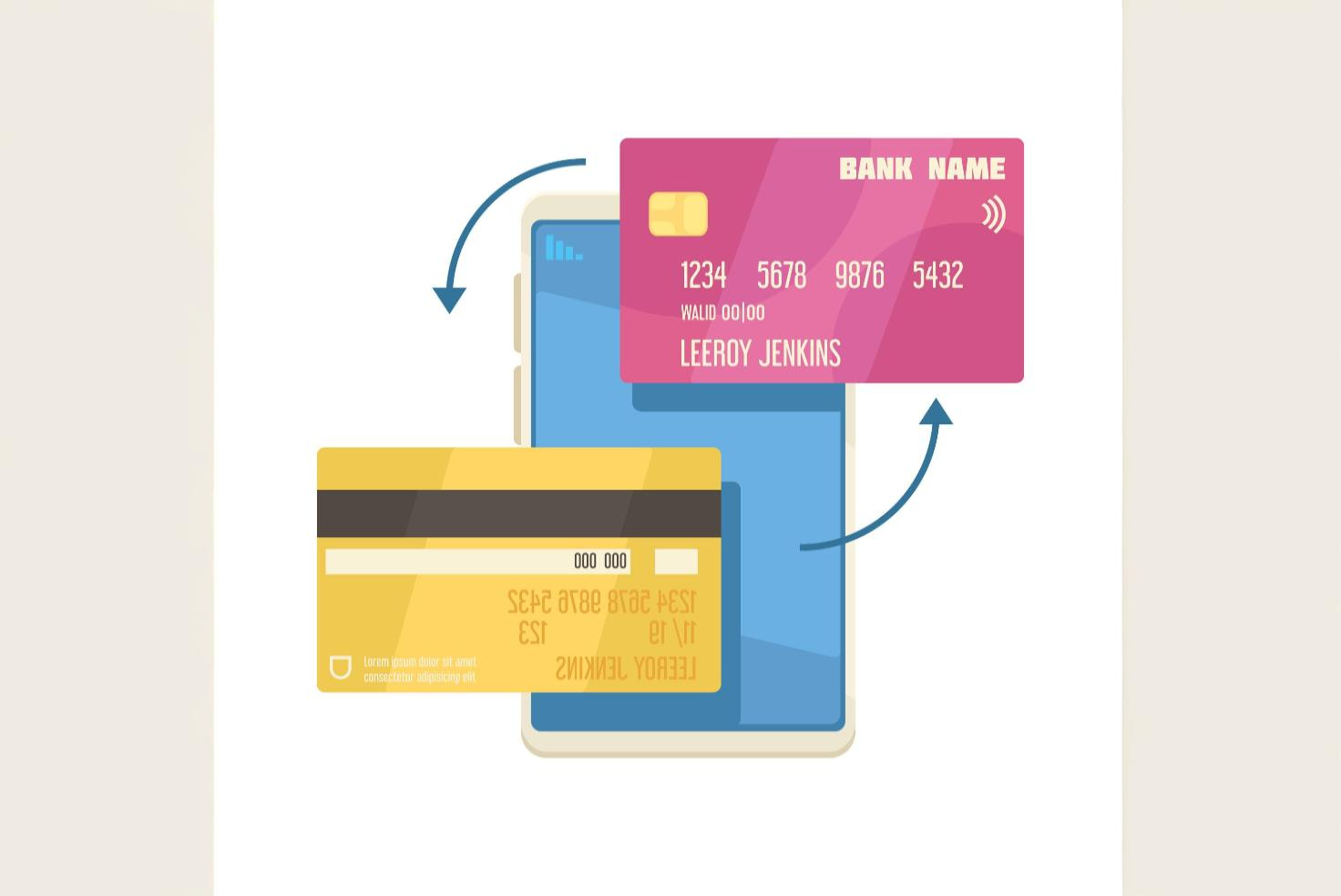 March 3, 2025
March 3, 2025
It might be challenging to manage several credit cards with different interest rates and due dates. To prevent penalties and debt growth, you must make your credit card payments on time. Using another credit card is one method of paying back debts, especially credit card debt.
Only indirect payment methods, such as balance transfers, cash advances, or e-wallets, can be used to pay your credit card bill with another credit card.
Banks and credit card issuers discourage using this method of payment because it results in higher interest rates and other costs, which could worsen your financial condition. Here are three methods to pay your credit card bill with a different credit card, but, if this is your only option for the time being:
Balance Transfer: To settle your credit card bill, you can transfer your existing debt to a different credit card that has a lower interest rate.
Cash Advance: Here's something to keep in mind if credit card A is the card whose bill you want to pay and credit card B is the card you are using to make the payment. The maximum amount you can withdraw from an ATM in cash is known as the cash advance limit. Usually, it is less than your total spending limit. To find out if you can use credit card B to pay for credit card A, you must verify the cash advance limit on that card.
E-wallet or UPI: Using an e-wallet or UPI app is an additional method of using one credit card to settle the balance on another credit card.
Credit card balance transfers, cash advances, and e-wallets are the three methods of using another credit card to pay your credit card account. Banks do not advise using these indirect credit card payment methods since they can result in increased interest rates, fees, and debt accumulation.